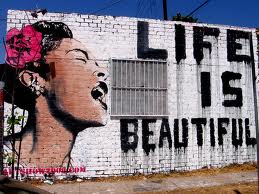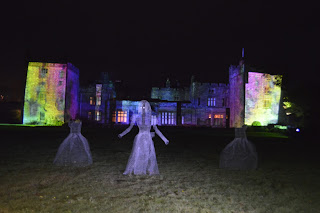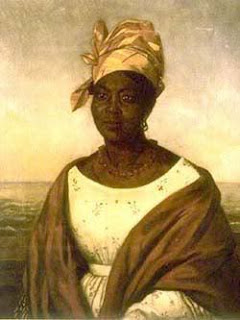I am seeing panic across the board with this Minimum Income Floor attached to Universal Credit, to make it clear if there is anyone reading this who does not know about the minimum income floor conditionality attached to Universal Credits for the Self Employed, it is a punishment that if you do not make the Minimum Income Floor each month then you will loose entitlement, even if your earnings are the same as a employee at the end of the tax year:-
For example as provided by the commons select committee (click here):-
In this above example a self employed person vs an employed one will loose £3,567 per year despite earning the same amount of money during the Tax Year.
A newly self employed person is exempt from the Minimum Income Floor for 12 months while they try to establish their business, this leads the way for a very obvious solution.
To fix this very obvious flaw in their great plan all they need to do is continue with the 12 months evaluation as they already do with Working Tax Credits.
Currently they work Working Tax Credits out on the previous years income, so why can they not continue to do that?.. Well it's easy to answer really, because UC is a money saving exercise and the more money they can save by unfairly penalising people then the better!.
On top of that if they conduct an in-depth study on the average earnings of a self employed person across the board they would find a more suitable figure to base the minimum income floor on.
Taking into account the fact that those in employment and the self employed do not work on a level playing field, so how can you evaluate them exactly the same. For example, the lack of holiday pay the self employed get, the employees a self employed person may employ and the tax they may have to pay to employ them, including training costs, in addition they already pay tax on the supplies they have to purchase to run a business, not withstanding the other money a self employed person may put back into the economy before they even get to paying themselves a wage, the amount can be obscene, just look at the expenses an ebay seller or Amazon seller has to pay in ebay, paypal, Amazon fees and postage.
For a number of years I previously employed a number of employees in my accounting business and those employees after all my expenses were earning more wage than I was coming out with. Does that money that I put back into the economy in petrol, software, office supplies, employee wages, rent etc etc etc all taken before I can pay myself, mean nothing to this Government?,
They treat the self employed like we are parasites when in fact we are the life blood of this country...




































